Mangoes—often called the “king of fruits”—are cherished worldwide for their luscious sweetness, vibrant color, and irresistible aroma. Sliced fresh in summertime, blended into smoothies, or canned for dessert, these tropical gems bring a burst of sunshine to any dish. Aside from taste, they’re packed with health benefits—rich in vitamins A and C, fiber, antioxidants, and minerals—making them a staple in health-conscious diets.
But while mangoes are grown across South and Southeast Asia, Africa, and the Americas, one country stands head and shoulders above the rest. In this article, we uncover which nation holds the title of world’s largest mango producer, explore other major cultivators, and delve into the global mango landscape.
Global Mango Production Snapshot
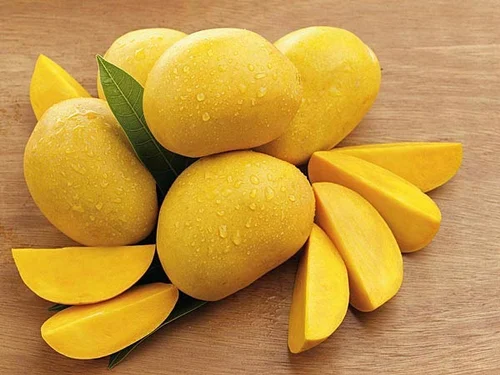
According to FAO and global agriculture sources, worldwide mango production hovers around 55–60 million metric tons annually, including related fruits like guavas and mangosteens. More than 48% of this output comes from South Asia, with India alone contributing around 40–44% of total volume . That translates to roughly 25–26 million tonnes per year, making India the undisputed global leader.
India: The Mango Powerhouse
The Numbers
- Annual production: Approximately 25–26 million tonnes—around half of global output .
- Cultivated area: Over 1.8 million hectares dedicated to mango orchards.
- Productivity: Average yields of about 9.6 t/ha, slightly below global averages of ~7 t/ha due to varied farming systems.
Why India Leads
- Ideal climate and landscape: India’s varied agro-climatic zones—from Uttar Pradesh’s fertile plains to Andhra Pradesh’s tropical lowlands—support diverse mango cultivation.
- Cultural devotion: Mango is deeply ingrained in Indian life and cuisine—used in religious rituals, pickles, lassi, chutneys, and desserts like aamras.
- Variety richness: India boasts nearly 1,300 varieties, with around 20 grown commercially, including famous types like Alphonso, Kesar, Totapuri, Dashehari, and Langra .
- Supportive policies: Government incentives, farm extension programs, and export-research initiatives strengthen production infrastructure.
Despite this massive output, India exports only a small fraction—less than 1% of production, or ~500,000 tonnes—due to post-harvest challenges, domestic demand, and logistical constraints.
Other Key Mango Producers

While India’s lead is remarkable, other countries also make significant contributions:
Indonesia
- Output: ~4.1 million tonnes (7% of global production) .
- Highlights: Tropical climate supports regional production; strong in Southeast Asian domestic markets.
China
- Output: ~3.8 million tonnes (≈6–7% share) .
- Details: Emphasizes internal consumption with limited export; grows several mango varietals.
Pakistan
- Output: ~2.8 million tonnes .
- Specialty: Renowned for flavorful varieties like Daddy and Chaunsa; serves both local and export markets.
Mexico
- Output: ~2.5 million tonnes.
- Strengths: Major exporter to the U.S. and Canada; varieties like Manila and Tommy Atkins.
Brazil
- Output: ~2.1 million tonnes.
- Note: Harvest season complements Northern Hemisphere growers; exports to Europe & Middle East.
Countries like Malawi (1.9M t), Bangladesh (1.5M), Vietnam and Thailand (each ~1.4M) round out the top 10 producers.
Global Mango Market Trends
Rising Demand
Mango consumption is surging, driven by wellness trends, exotic smoothie flavors, and increased global trade in fresh, frozen, and processed forms.
Increasing Trade
Countries like India and Thailand are boosting exports of pulp, puree, and frozen mango products, while Mexico and Brazil supply fresh fruits .
Diversifying Supply
To reduce dependence on India, importers are sourcing more from Mexico, Peru, Brazil, and Thailand, ensuring year-round supply and market stability.
Quality & Sustainability
Global demand for organic and additive-free mangoes is rising. Efforts to improve yields, cold storage, and reduce shrinkage are underway—especially in export markets .
Comparative Snapshot
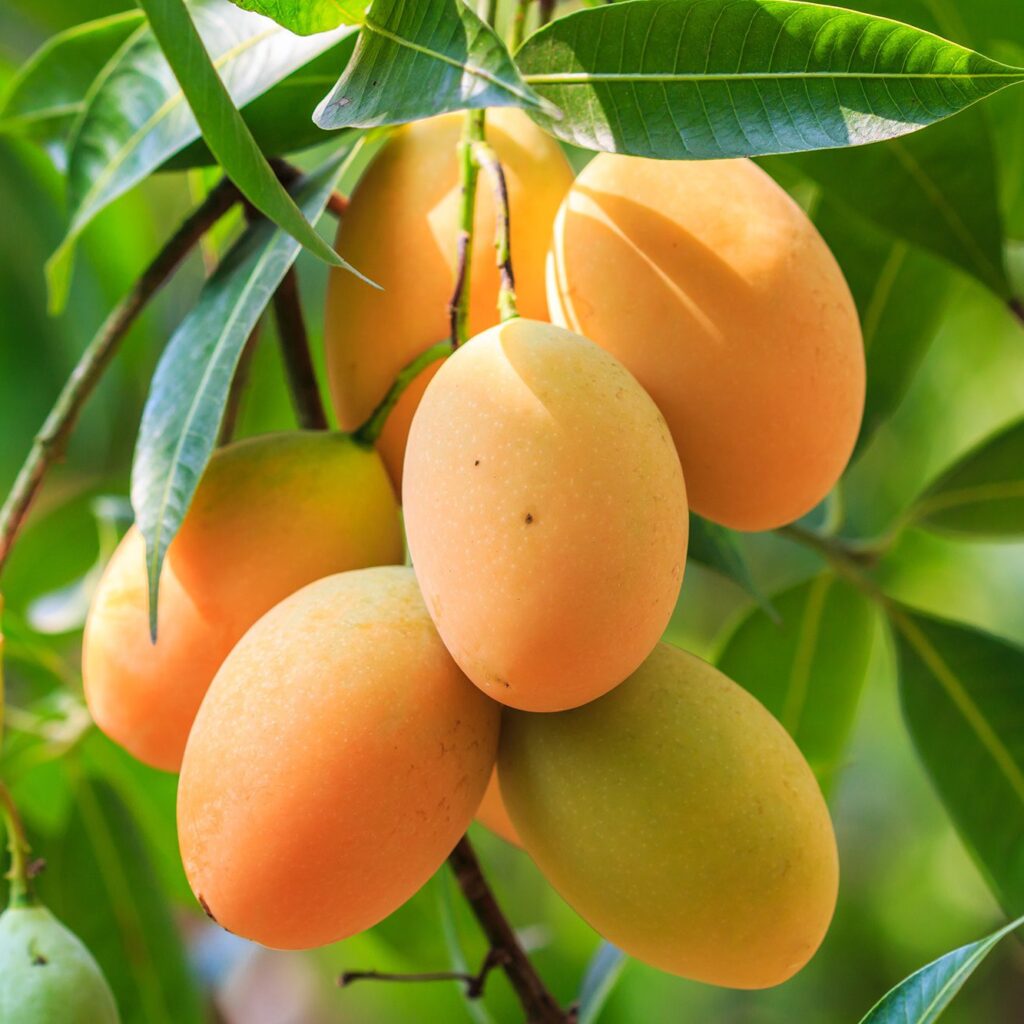
| Country | Production 2022 (million t) | % of Global |
|---|---|---|
| India | 25–26 | ~45–50% |
| Indonesia | ~4.1 | ~7% |
| China | ~3.8 | ~6% |
| Pakistan | ~2.8 | ~5% |
| Mexico | ~2.5 | ~4–5% |
| Brazil | ~2.1 | ~4% |
India outpaces the next largest producer, Indonesia, by over six times.
What Makes India the Leader?
- Climatic variety → year-round harvests.
- Rich mango heritage → many local cultivars.
- Economies of scale → vast orchards across 1.8+ million ha.
- Domestic consumption focus → minimal export divergence.
- Government support → research, subsidies, and farmer training.
Challenges & Opportunities
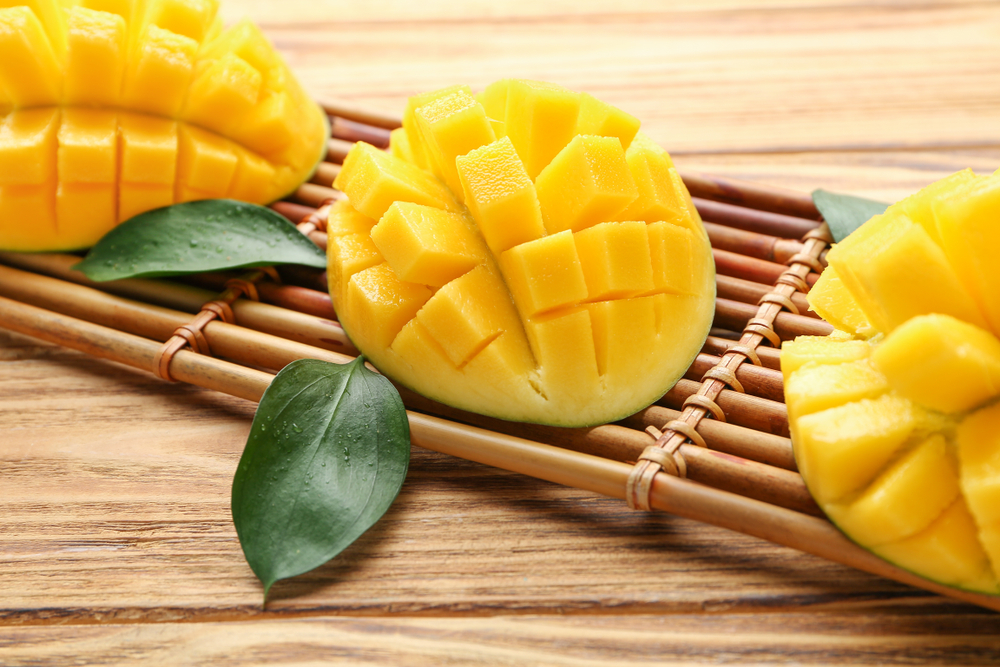
India
- Opportunity: Boost exports with better post-harvest tech and cold chains.
- Challenge: Shrinkage reduction and yield improvements needed.
Others
- Mexico & Brazil: Leading exporters; opportunities in cold logistics.
- Indonesia & China: Potential to scale international reach.
Global
- Climate change and insect pests threaten yields worldwide.
- Trade tariffs and fresh produce regulations affect supply routes.
Conclusion: India Reigns Supreme but the Future Is Global

In summary, India is the world’s largest mango producer, accounting for almost half of global output with over 25 million tonnes per year However, its export share is limited by infrastructure and supply chain challenges.
Countries like Indonesia, China, Pakistan, Mexico, and Brazil also play critical roles—especially on export fronts. As health trends and appetite for exotic fruit continue to rise, global mango production is expected to hit 65 million tonnes by 2026—reflecting a steady annual growth of ~2%
In this evolving landscape, India’s traditions meet modern opportunities, while other nations enhance their global mango presence. Whether enjoyed fresh, pulped, or in smoothie form, the future of mangoes is not just sunny—it’s flourishing.

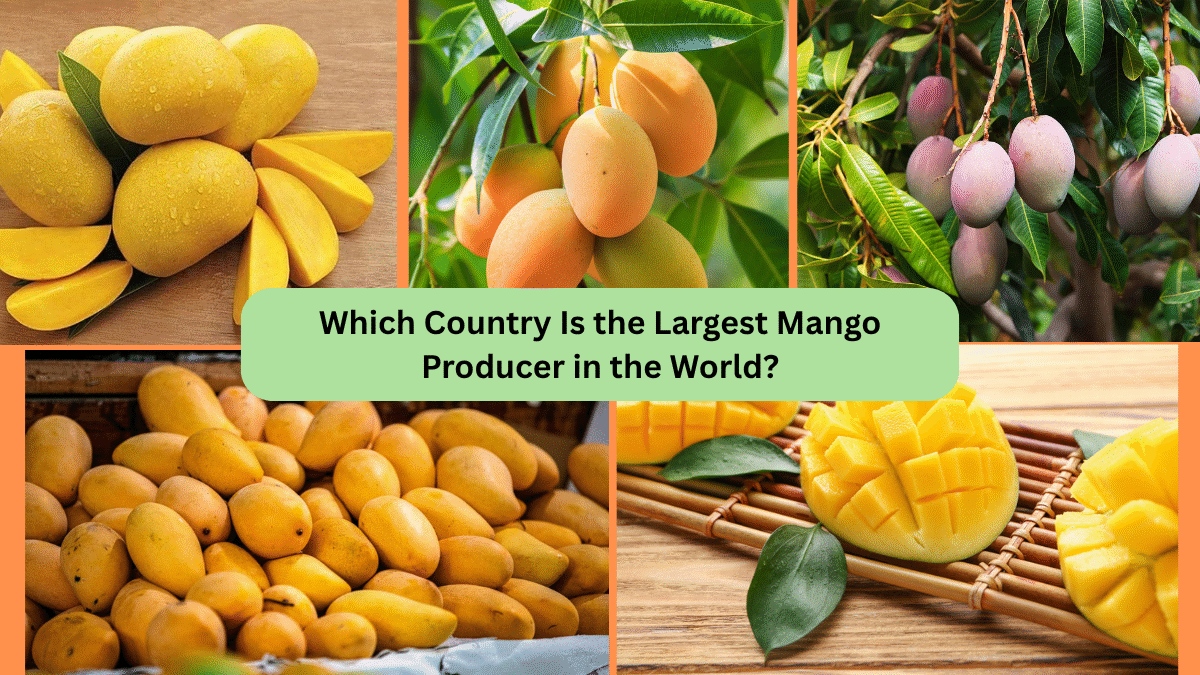
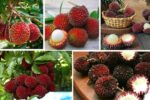
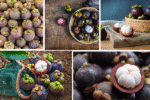
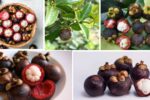
Leave A Comment